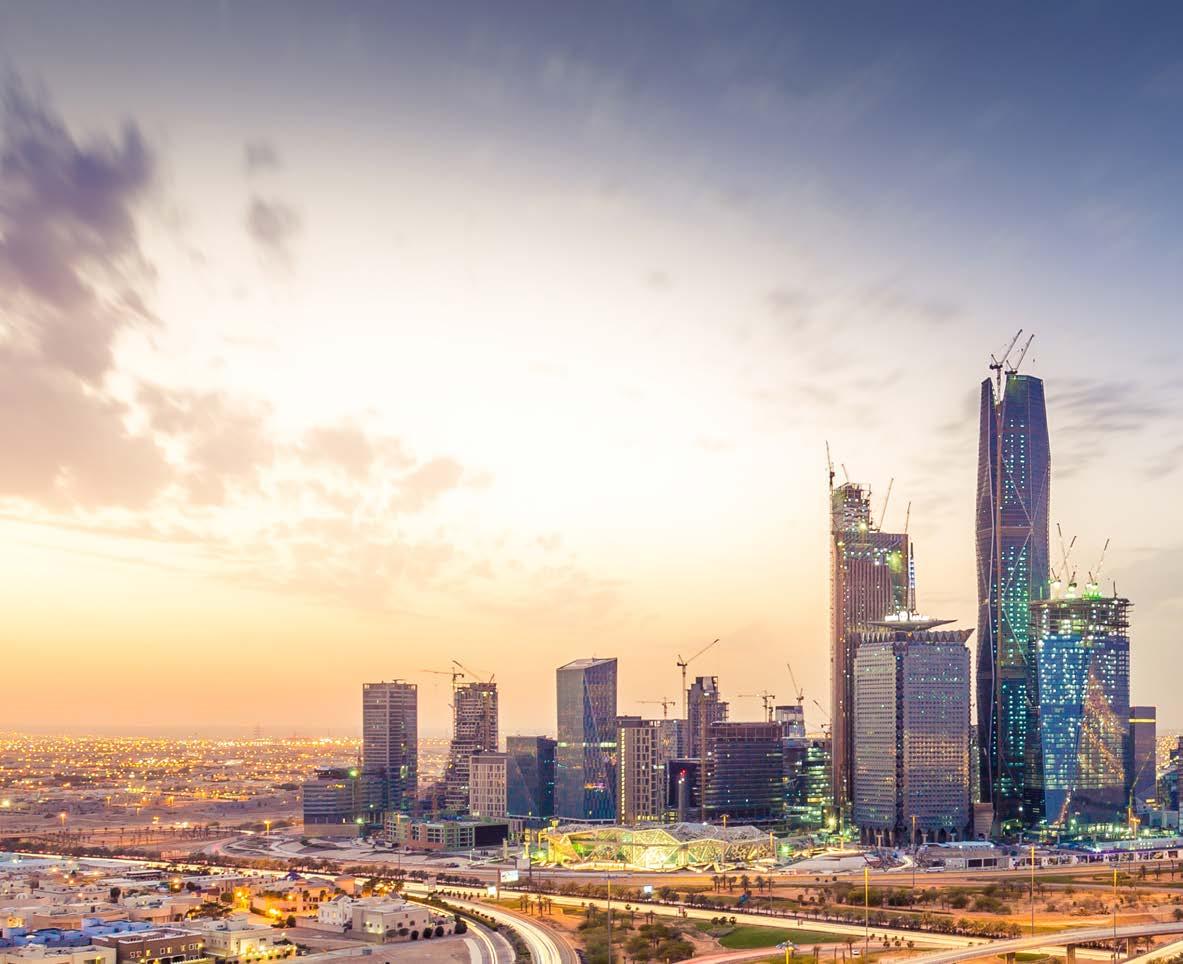
2 minute read
BEACONS OF THE FUTURE
Saudi Arabia is in the midst of massive changes and gaining ground are some of the world’s most ambitious gigaprojects. From theme parks and metro lines to untouched islands, the country’s biggest projects taking shape are rooted in its past with a focus on its future. Key to attracting foreign investment, the projects reflect the reforms taking place as Saudi Arabia moves away from its oil-dominated economy.
Neom
Advertisement
Planned for completion in 2025, NEOM was first announced as one of Crown Prince Mohammed bin Salman’s showcase projects in 2017. Set to become a city of the future, the US$500 billion project is key in Saudi Arabia’s post-oil diversification plan, expected to contribute at least US$100 billion to the country’s GDP by 2030. Located in northwestern Saudi Arabia, the smart city will span 26,500 square kilometres and will include regions such as Oxagon, Trojena, The Line and Sindalah.
The Red Sea
Merging the goals of sustainability and tourism, The Red Sea Development Company was established in 2018 to transform 28,000 square kilometres of coastline to the kingdom’s west. The destination is an archipelago of over 90 untouched islands, home to mountains, volcanoes and a wealth of wildlife. While the destination is already opening up to the public in phases, upon completion in 2030, it will be home to 50 resorts, offering 8,000 hotel rooms and more than 1,000 residential properties spanning 22 islands and six inland sites. While contributing to the economy is a key priority, the destination also aims to set a new standard in sustainable development.
AMAALA
Intended to complement and sit alongside NEOM and the Red Sea destination is
Amaala on the northwestern coast of Saudi Arabia. Encapsulating three sites located within the Prince Mohammad Bin Salman Nature Reserve – Triple Bay, Coastal Development and The Island –the development will cover an area of more than 3,800 square kilometres. It is expected to have around 2,000 hotel keys, 800 residential villas, apartments and estates, plus 200 retail spaces.
Alula
AlUla’s US$15 billion master plan, Journey Through Time, aims to transform the ancient Nabataean region into a destination of art, heritage, culture, tourism and nature. With goals to attract two million visitors to the region annually, new direct flights and an array of new hotel openings show that things are more than underway. The country hopes to transform the region into a living museum, utilising its rich natural and human history to attract the world’s curious travellers. A low-carbon tram line, connecting the region’s five districts, will cement its commitment to sustainability, following a similar route to the ancient Hijaz Railway traversed by pilgrims for centuries.
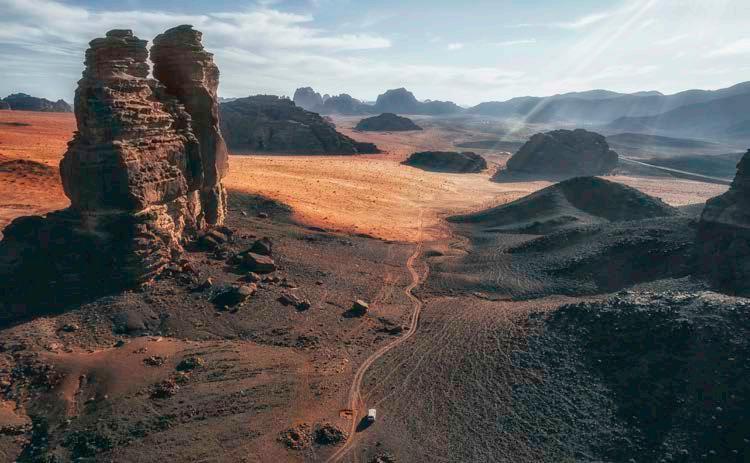
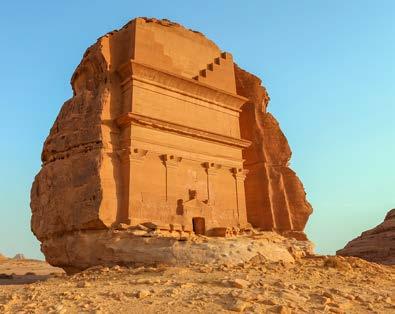
Qiddiya
Set to become the kingdom’s entertainment, sports and arts capital on the outskirts of Riyadh, the Qiddiya project will span 334 square kilometres, offering a mix of attractions ranging from a 20,000-seat cliff-top stadium to a Formula One-standard racetrack. The US$8 billion project has been underway since 2019. There will be more than 300 recreational facilities and the area will be divided into five major themes: parks and attractions, sports and wellness, nature and environment, arts and culture, and motion and mobility.
Aseer Development Project
As part of the tourism strategy for Vision 2030, the redevelopment of the southwestern Aseer region hopes to attract more than 10 million visitors by 2030. The US$13 billion project will transform the mountainous area into a year-round destination featuring hotels, residential units as well as commercial and entertainment attractions.
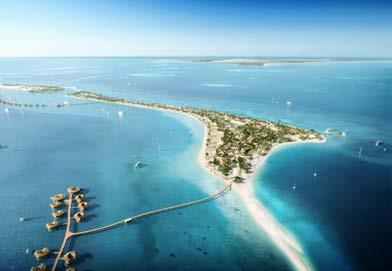

Diriyah Gate Project
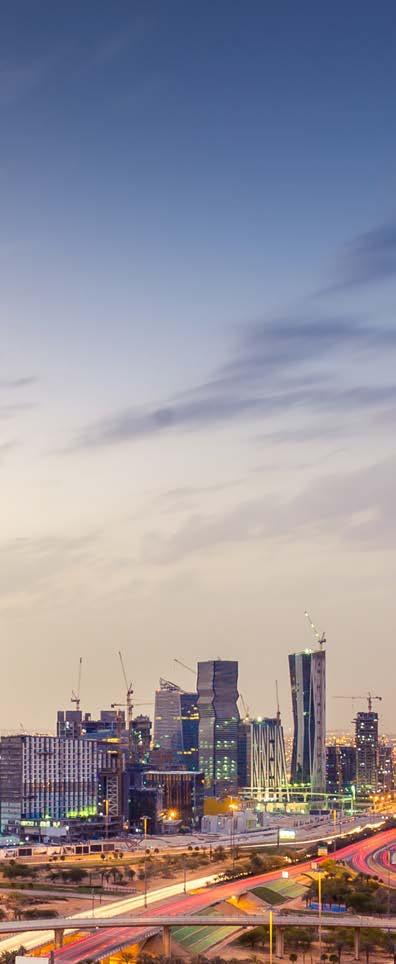
Set to become the world’s largest culture and heritage city, the US$50 billion Diriyah Gate project will see the redevelopment of the birthplace of the kingdom. Located just 20 minutes northwest of Riyadh’s city centre, all construction of the luxury development will be in the traditional Najdi architectural style and it will include museums, galleries and shops. The area is already home to the At-Turaif District, a UNESCO World Heritage Site, which was a 15th-century trading hub made up of mud-brick structures and became the seat of power for the House of Saud in the late 18th and early 19th centuries.
VISIT STANDS ME4410, ME4350










